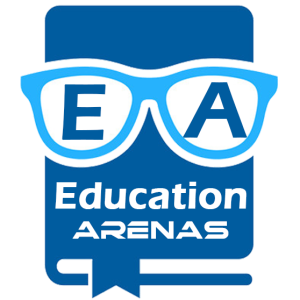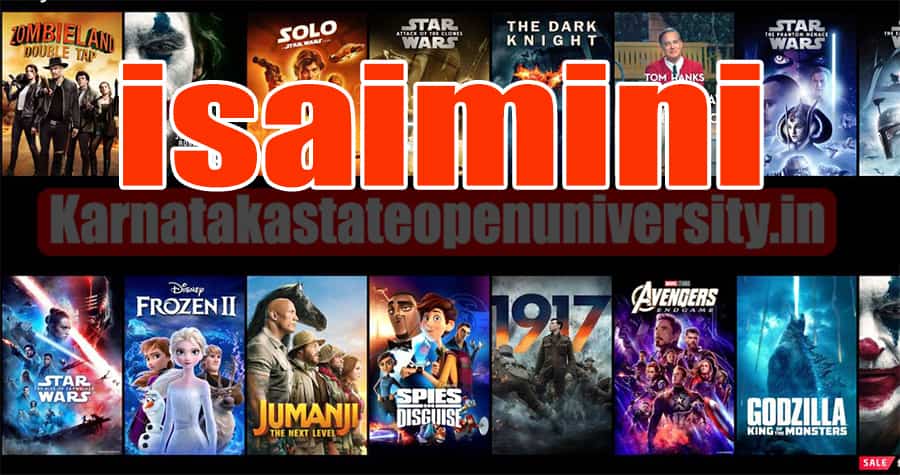Digital Asset Classification Standards (DACS) were introduced in December 2021 to provide the benchmark for categorizing the sectors of digital assets. According to market capitalization, each of the top 500 digital assets has a DACS-defined industry allocated to it, at least one sector has an industry group assigned to it, and at least one industry group has a sector set to it.
DACS has identified six industries: currency, computing, decentralized finance (deFi), digitization, culture & entertainment, and smart contract platforms. With 68 assets making about 1.7% of the market capitalization of digital assets valued at around $29.9 billion as of April 30, 2022, the Computing industry is the fifth-largest sector in DACS.
Defining Computing Sector
The DACS Computing sector protocols are designed to create and support Web3 and Web3 development companies and distributed computing infrastructure. By eliminating the centralized points of failure in Web2 providers, the decentralization of Web2 services, including cloud computing, storage, networking, and databases, offers the potential to strengthen security and privacy safeguards. Additionally, these systems allow users to profit from their operation by returning ownership of data and information to the network members.
The computing industry is described as follows in the DACS Glossary:
The computing industry includes initiatives that seek to remove intermediaries and protect user privacy by decentralizing data sharing, storage, and transmission. The architecture of Web3 is mostly of initiatives that attempt to collect, transport, store, and distribute data and online services decentralized. This includes decentralized file storage and file sharing, peer-to-peer safe data transactions, open networks, free market private computing, and on-chain and off-chain data transport.
Sectors Within the Computing Industry
The computing industry organizations rely on the services that the protocol provides. In terms of tokenomics and incentive structures, each project is distinct and has a particular purpose in decentralized computing. Shared Storage, Oracle, IoT, and private cloud are some of the sectors in the computing industry.
Networking and Computing.
The definition of the DACS Glossary for each of the sectors above are as follows:
Storage servers typically owned and managed by a central entity are decentralized as part of shared storage. By using a system of financial incentives, shared storage protocols like Filecoin (FIL) 1 decentralize the storage duties over an open-source network of miners. On a decentralized network, this permits the exchange of private, pseudonymous files. Cloud networks are vulnerable to hacking because of the significant risks associated with centralizing cloud data storage. Due to the inherent centralization, malicious actors can get sensitive information from millions of users with a single data breach. Because they operate on a blockchain network that supports data transmitter anonymity and privacy, shared storage systems boost the security of data storage.
Any project with the main capacity to compile, arrange, and instantly transmit either on-chain to on-chain data or off-chain to on-chain data is called an Oracle project. Blockchain oracles often run on a native coin for transaction fees and governance rights. Real-time off-chain data may be utilized in decentralized applications due to forecasters. Many DeFi applications rely on Chain Link (LINK) 2, the biggest asset in the computing industry, as a source of off-chain market data.
IoT protocols advance Web3 and the Internet of Things by fusing blockchain with off-chain interactions in the physical world. Blockchain and IoT application interoperability are made possible by IoT platforms like Helium (HNT) 3. They enable connection over a trustless network without relying on any centralized body or user data repository that may be manipulated. IoT can help using oracles and real-world data in smart contract execution.
Private computing is the free purchase and sale of computer resources from the cloud, extra bandwidth, security as a service, and other computational services for ad hoc, on-demand instances. Private computer marketplaces have no access restrictions and are decentralized, worldwide, and pseudonymous. Providers may publish their unique computing or security capabilities in personal computing, and customers can buy these capabilities based on the specified market rates established by the provider.
Shared Network is an open network of distributed cloud computing that lets participants (called “miners”) sell energy and computing resources to anonymous buyers at different prices. A Shared Network also has open networks that give miners a low-cost, decentralized alternative to the web service providers that are already in place. Metcalfe’s law of networks says that the growth and maintenance of a network should not be centralized. This means that large, centralized cloud service providers are no longer needed.
The three biggest industry groups in the Computing sector are Shared Storage, Oracle, and IoT. Together, they make up 30.1%, 27.4%, and 27.2% of the sector’s market cap. Private Computing and Shared Networks are both smaller, making up 7.9% and 7.6%, respectively, of the sector’s market cap.
Sectors Within the Computing Industry
Each industrial group within the computing sector now comprises a single industry to which a digital asset is attributed. As a result, the sector’s industrial makeup matches that of the industry groups. However, it’s feasible that new industries will develop as the sector expands.
Significant Resources in the Computing Industry
The computing sector has 68 digital assets, with the greatest asset, Chainlink (LINK) 2, accounting for 17.2% of the industry and the top 10 assets accounting for 63.4% of the market valuation. The Shared Storage Industry Group comprises 19 assets with a combined market worth of almost $9 billion, Filecoin (FIL) 1 being the biggest. There are 11 assets totaling around $8 billion in market capitalization in the Oracle industry category, with Chainlink (LINK) 2 being the biggest. The biggest of the 11 assets in the IoT industrial category is Internet Computers (ICP), with a market valuation of $8 billion. Private Computing Industry Group consists of 12 assets with a $2 billion market valuation, with Threshold (T) being the group’s biggest token. The Shared Network Industry group, which includes 15 assets and has a $2 billion market valuation, has Ankr (ANKR) as its major token.
Conclusion
The computing sector contains resources that act as platforms for conventional online services, which have dominated Web 2.0 to become decentralized. Although many assets in this industry are still in the early stages of adoption, their technology is well-established, and decentralization is a fundamental tenet. Decentralized web services allow for more user participation and application usage while providing providers with financial incentives to maintain network development. Decentralized distributed computing, storage, and other benefits can upend the current web service providers and solve security problems by centralized databases acting as focal points for hostile actors.
A metaverse development company knows how to develop the platform perfectly because they have been working on the platform, and the spatial web3 platform has great potential for the business or for creating NFTs.









